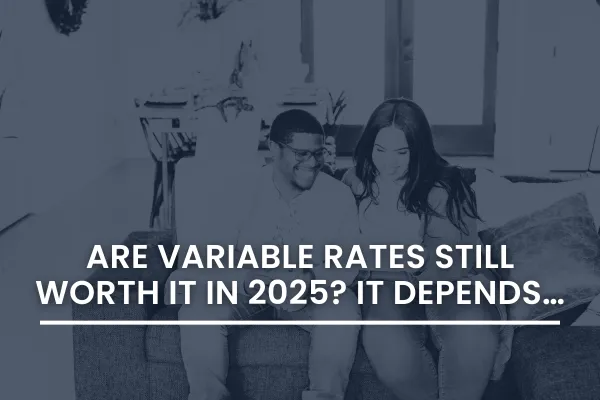Mortgage Blogs
Stay up to date with the recent industry news and mortgage trends.

Are Variable Rates Still Worth It in 2025? It Depends…
Are Variable Rates Still Worth It in 2025? It Depends…
The fixed vs. variable debate is heating up again in 2025—for good reason. Borrowers across Canada ask: Should I lock in a fixed rate for stability, or ride the wave with a variable rate that could drop even further?
The truth? There’s no universal answer, especially in a year where the economy could swing in either direction.

Forecasts Suggest Lower Rates—But Don’t Count on It
As of May 1, 2025, the Bank of Canada’s policy rate sits at 2.75%, with a prime rate of 4.95%. Based on market expectations, both are likely to trend downward by year’s end.
Here’s what we could be looking at:

Meanwhile, 5-year fixed rates for insured mortgages (minimum down payment, owner-occupied homes) are forecasted to land between 3.82% and 4.00%.
So far, variable appears to offer slightly lower rates, but that comes with one big catch: no guarantees. These forecasts shift as quickly as the economy does.
Note: All rates above are insured and for illustrative purposes only. They’re subject to change without notice, and actual offers vary by lender.
If You’re Feeling Déjà Vu, You’re Not Alone
Back in 2020, when COVID hit, many experts predicted a housing crash. Instead, we saw one of the most aggressive real estate booms in Canadian history. Rates dropped to record lows, demand exploded, and those who chose variable mortgages often came out ahead.
We could be heading into a similar situation. If Canada experiences a mild recession (or even a full one), interest rates typically fall further. That could spark a return of buyer activity—and possibly even another wave of housing competition.
But there's also a real chance we enter a more traditional downturn, where both prices and demand cool off. Either way, timing the market perfectly is next to impossible.

Source: wowa.ca
Should You Choose Fixed or Variable in 2025?
Here’s a side-by-side to help you decide what might be best for your situation:

Quick tip: Historically, variable rates have outperformed fixed more often than not—but only when borrowers stayed the full term and didn’t break the mortgage early.

What’s Coming for Mortgage Rates? Here’s the Forecast

Source: wowa.ca
These numbers reflect insured rates, and assume a steady term and risk premium. Real-world conditions—like inflation surprises, global instability, or policy changes—could shift these projections quickly. And honestly, the 5-year fixes seem a bit optimistic to me as well!
Bottom Line: Strategy Over Prediction
No one can say for sure where the market is heading. Not economists, not central banks, not even the traders pricing in future cuts. All we can say with certainty is that mortgage strategy should be based on your goals, not someone else’s forecast.
If you value peace of mind and budgeting certainty, fixed may be the way to go. If you’re comfortable riding the rate wave and want the potential to save over time, a variable could be worth the risk.
In a world of economic uncertainty, one thing remains constant: making the right choice starts with a conversation.

Let’s Talk Through Your Options
I’ll help you compare today’s best variable and fixed rates side by side, based on your income, timeline, and comfort with risk, so you can feel confident in whichever path you choose.
📞 647 694-7033
📧 [email protected]
Sources:
Trusted Guidance, Proven Success

Alan Borcic | Mortgage Agent
(647) 694-7033
Assistance Hours
Mon – Fri 9:00am – 8:00pm
Saturday/Sunday – CLOSED
Get In Touch With
(647) 694-7033
Assistance Hours
Mon – Fri 9:00am – 8:00pm
Saturday/Sunday – CLOSED
Contact Us


© 2025 Mortgage With Alan - All Rights Reserved.
Alan Borcic, Mortgage Agent M24001034
BRX 13463
